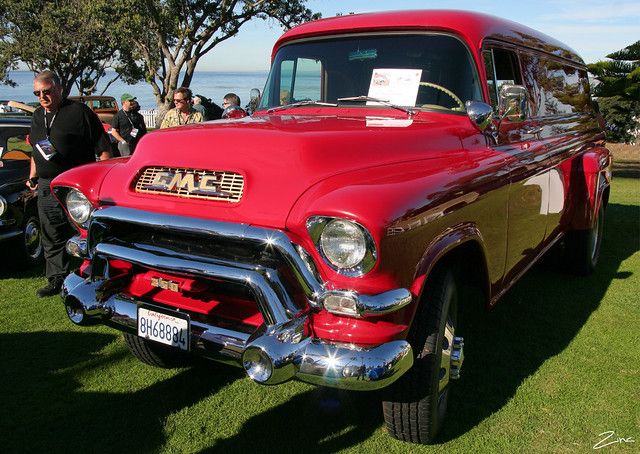
Replacing a headlight assembly is a repair many car owners don’t anticipate until it becomes absolutely necessary. In today’s automotive landscape, headlights have evolved far beyond simple bulbs housed in basic casings. They are now deeply integrated into a vehicle’s design, contributing significantly to its overall aesthetics and safety features, offering a stylish presence both day and night. However, this advancement comes with a substantial financial implication when replacement is needed.
For owners of luxury vehicles, a seemingly straightforward headlight replacement can quickly transform into a significant financial burden, often described as a ‘nightmare.’ The average cost for this repair can quickly climb into the thousands of dollars, making it one of the most unexpected and prohibitive expenses associated with modern car maintenance. This article aims to pull back the curtain on these hidden costs and arm consumers with the knowledge needed to understand why these repairs are so expensive and what factors contribute to their exorbitant price tags.
In this in-depth guide, we will delve into the various elements that drive up headlight assembly replacement costs, from the inherent complexity of the assemblies themselves to the specific technologies and vehicle models involved. We will examine the critical distinctions between original equipment manufacturer (OEM) and aftermarket parts, explore the impact of labor fees, and even highlight a common vehicle that unexpectedly falls into the high-cost category. By the end, readers will have a comprehensive understanding of what to expect and how to navigate these costly repairs more effectively.
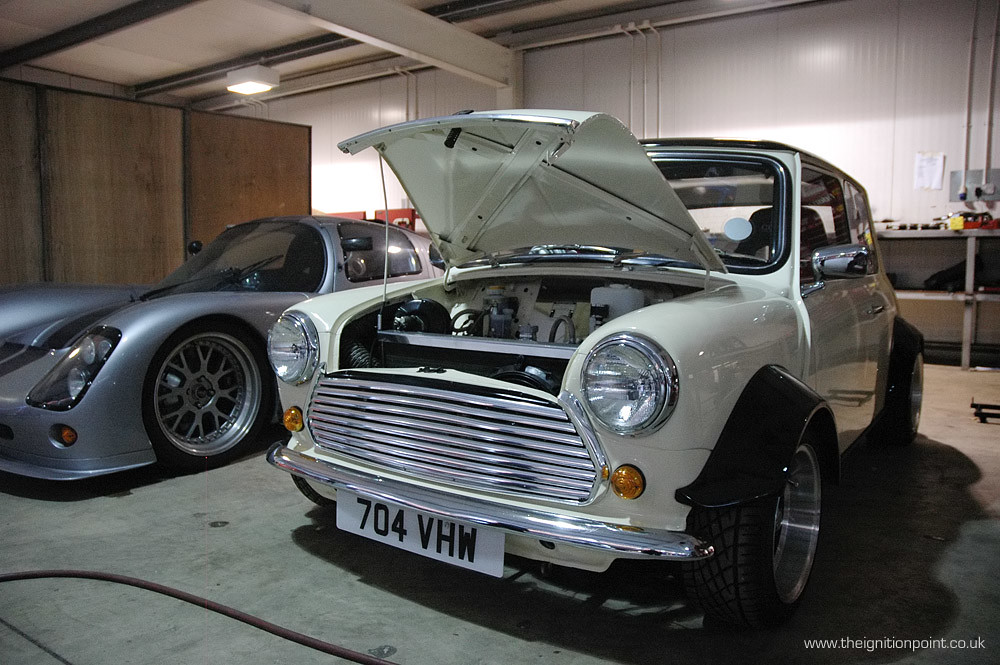
1. **The True Cost of Headlight Assembly Replacement: A Sobering Reality**The average cost to replace a headlight assembly typically ranges from $150 to $800 for most vehicles, encompassing both the parts and the labor involved. However, this baseline figure can dramatically increase for luxury cars equipped with advanced LED or adaptive lighting systems, where the total cost can easily exceed $2,000, and sometimes even reach $4,000 or more.
When considering these figures, it becomes clear that a significant portion of the replacement expense is often attributed to labor. The average cost of headlight assembly replacement, including parts, is usually between $250 and $1,000. Of this, the assembly itself can cost anywhere from $75 to $400, with the remaining balance covering the labor. The removal of a headlight assembly can be a time-consuming process, sometimes taking up to five hours, though two hours is a more common average.
Ultimately, the final price is highly dependent on several specific factors. These include the particular type of headlight technology installed in your vehicle, the precise make and model of your car, and whether you opt for original equipment manufacturer (OEM) parts or more affordable aftermarket alternatives. These variables collectively determine whether you face a modest repair bill or a staggering financial setback.
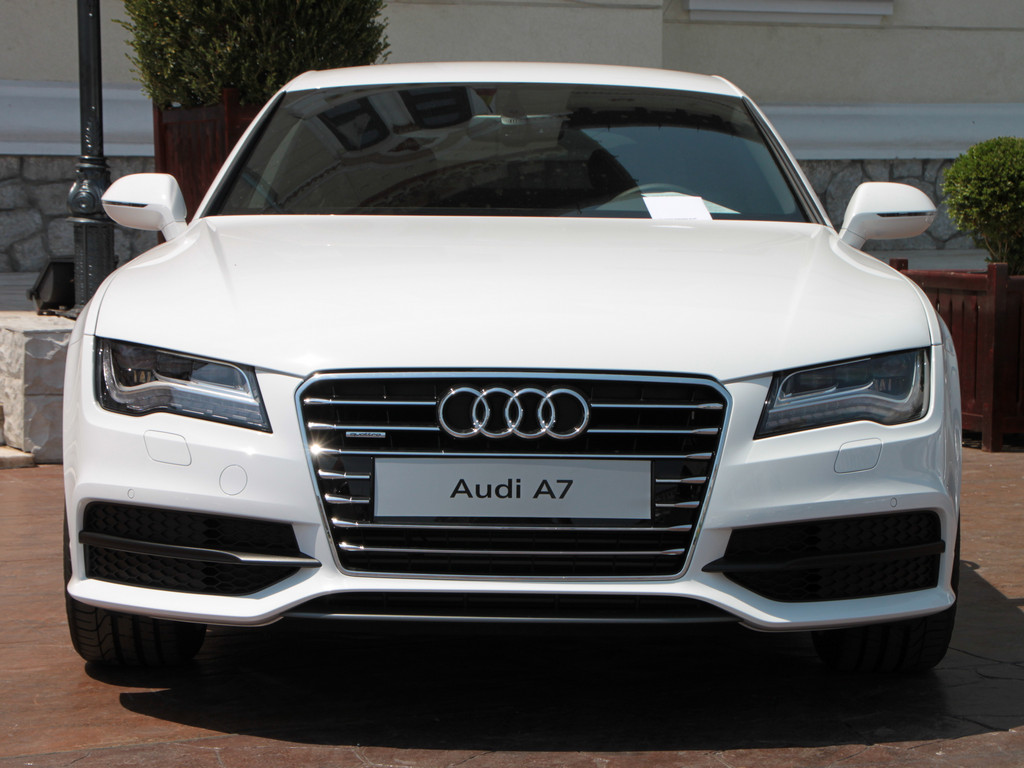
2. **Why Headlight Assemblies Are So Expensive: Engineering and Aesthetics Collide**The primary reasons behind the high cost of modern headlight assemblies stem from their intricate design and advanced engineering. These components are meticulously crafted to be watertight, ensuring protection against the elements, and are precisely dimensioned to fit seamlessly into the often-limited spaces within a vehicle’s front end. Furthermore, they are designed to house multiple lights—such as headlights, fog lights, and signal lights, and sometimes even separate daytime running lights—without succumbing to overheating, all of which contributes to high manufacturing costs.
Beyond their functional complexity, the latest headlights have been deeply incorporated into a car’s exterior design. They are no longer just utilitarian devices but crucial aesthetic elements that enhance the vehicle’s overall look. This integration means that while owners can enjoy a stylish presence on the road day and night, any damage or malfunction translates into a repair that involves not just a light source, but a sophisticated piece of integrated automotive architecture.
Modern headlight assemblies frequently utilize advanced technologies such as High-Intensity Discharge (HID) and Light Emitting Diode (LED) bulbs. While these technologies offer superior illumination, enhanced efficiency, and a longer lifespan compared to traditional halogen bulbs, their advanced nature means that if you encounter an accident or another problem requiring replacement, you will face a significantly higher price. This premium is a direct reflection of the sophisticated technology and complex manufacturing processes involved.

3. **Vehicle Make and Model: The Unseen Hand Driving Up Costs**The make and model of your vehicle profoundly influence nearly every aspect of the costs associated with replacing a headlight assembly. This impact extends from the initial cost and availability of parts, particularly OEM components, to the complexity and duration of the labor required for installation. Even when choosing aftermarket parts, your vehicle’s specific design will dictate the price point and fitting requirements.
Consider the stark difference in starting prices for the assembly itself: a Ford F-150 assembly might begin from around $30, offering a relatively economical option. In contrast, if you are seeking the same component for a Tesla, the starting price is significantly higher at $279. This disparity highlights how a vehicle’s brand positioning and technological integration directly correlate with its maintenance expenses, even for a fundamental part like a headlight.
Moreover, your vehicle’s design also dictates the amount of labor necessary to disassemble the existing assembly and remove it. In some cars, replacing the headlight assembly involves simply unfastening a few bolts from above and below the lamp, allowing it to be pulled out with relative ease. However, for other vehicles, accessing the assembly necessitates the removal of front paneling or even dropping the entire front bumper, as is the case for models like the Ford Fusion or Tesla. This can extend the work required for the full job from approximately one hour to well over four, dramatically increasing labor costs.
Read more about: Unpacking Excellence: The Definitive Guide to 2025’s Most Coveted Luxury SUVs and Their Unrivaled Safety Innovations

4. **The Impact of Headlight Technology on Price: Halogen, HID, LED, and Laser**Understanding the different types of headlight technology is crucial for comprehending the varying replacement costs. Modern vehicles can come equipped with several distinct bulb types, each with its own operational principles, light characteristics, lifespan, and, importantly, price point.
Halogen bulbs remain a popular choice, primarily due to their affordability and straightforward replacement process. Operating much like traditional incandescent bulbs, they feature a tungsten filament enclosed within a glass capsule filled with halogen gas. This system produces a warm, yellowish light, typically ranging from 3,000 to 4,000 Kelvin, offering practical illumination for nighttime driving. Cost-wise, halogen headlights are the most budget-friendly option, with a pair usually priced between $10 and $50, making them widely accessible.
LED (Light Emitting Diode) headlights have gained significant traction for their efficiency, intense brightness, and impressive longevity. These lights generate illumination by passing an electrical current through a semiconductor, a process called electroluminescence, which does not rely on heating a filament or gas discharge. LED headlights emit a bright, white light, often between 6,000 and 6,500 Kelvin, which greatly enhances visibility. While a pair typically costs between $50 and $200, high-end models with advanced features can cost more, though they offer long-term savings through reduced energy consumption and an extended lifespan.
Xenon HID (High-Intensity Discharge) headlights operate by creating an electric arc between two electrodes, which ignites xenon gas inside the bulb to produce an exceptionally bright and intense light. These headlights typically emit a distinctive blue-white light, ranging from 4,300K to 6,000K, providing excellent nighttime visibility. Commonly found in luxury cars, a pair of Xenon HID bulbs generally costs between $50 and $200, depending on the brand and quality, often lasting almost the lifetime of the car despite their premium price.
At the forefront of automotive lighting technology are Laser Headlights. Utilizing laser diodes to generate a highly focused beam, which is then directed onto a phosphor material to emit a very bright white light, they represent the cutting edge of illumination. With a color temperature between 5,500K and 6,000K, laser headlights produce light that closely mimics natural daylight. This advanced technology, however, comes at a premium, with costs ranging from $150 to over $1,000 for a single unit, depending on the specific model and integrated features.
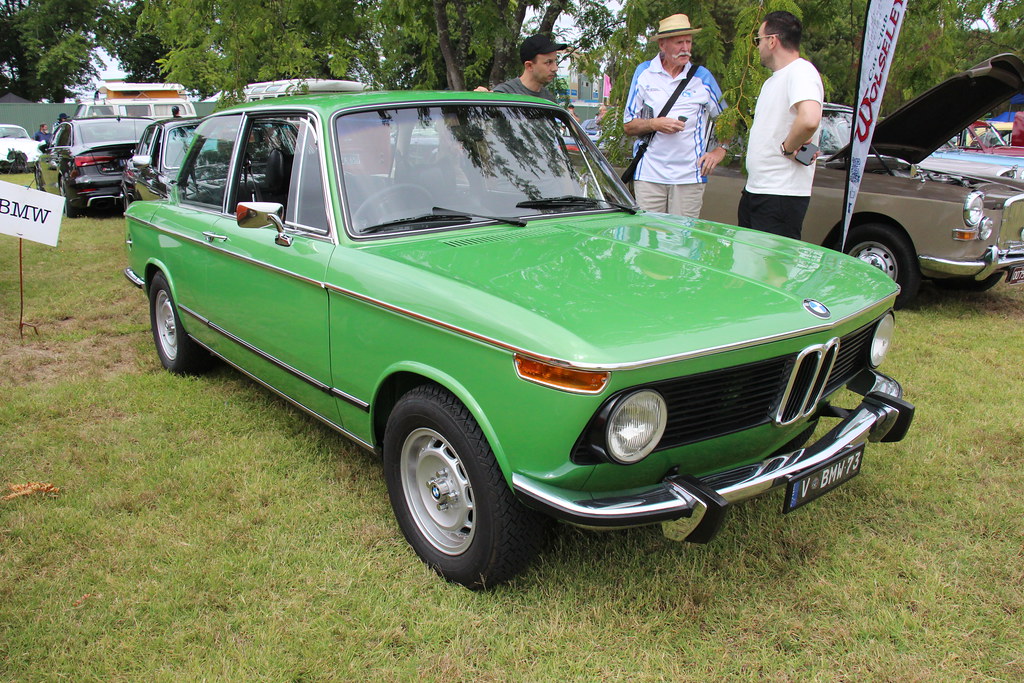
5. **OEM vs. Aftermarket Parts: The Price vs. Quality Dilemma for Headlight Assemblies**When faced with the need to replace a headlight assembly, one of the most significant decisions a car owner must make is whether to purchase an Original Equipment Manufacturer (OEM) part or an aftermarket alternative. Each option presents distinct advantages and disadvantages, and the choice can significantly impact both the total replacement cost and the vehicle’s long-term performance.
OEM headlight assemblies are components designed and produced by the same manufacturer that originally built your vehicle. The primary benefits of choosing OEM parts include a guaranteed perfect fit, consistent quality that matches the original specifications, and often the backing of a manufacturer’s warranty. This ensures that the replacement assembly will integrate seamlessly with your vehicle’s existing systems and maintain its original appearance and functionality. However, the downside is their higher cost and typically limited customization options.
On average, OEM assemblies can cost anywhere from 20% to 50% more than their aftermarket counterparts. This price difference is particularly pronounced for modern LED or adaptive systems, where the engineering and proprietary technology command a premium. For example, OEM headlight assemblies often fall within the $400 to $1,500+ price range, reflecting their consistent quality and guaranteed compatibility.
Conversely, aftermarket headlight assemblies are produced by independent, third-party manufacturers. These parts generally offer a lower cost, wider availability, and often a broader selection of styles and customization choices, catering to various aesthetic preferences or budget constraints. The primary drawback, however, is the variability in quality among different brands. While some high-quality aftermarket assemblies can perform just as well as OEM parts, others may not meet the same rigorous standards.
Given this variability, if budget is a primary concern, aftermarket options, which frequently range from $150 to $800, usually present a more affordable path. Nevertheless, it is crucial to select a reputable brand that provides warranty coverage and carries certifications such as DOT or SAE, which indicate adherence to safety and quality standards. This careful selection ensures that cost savings do not come at the expense of reliable performance and safety.
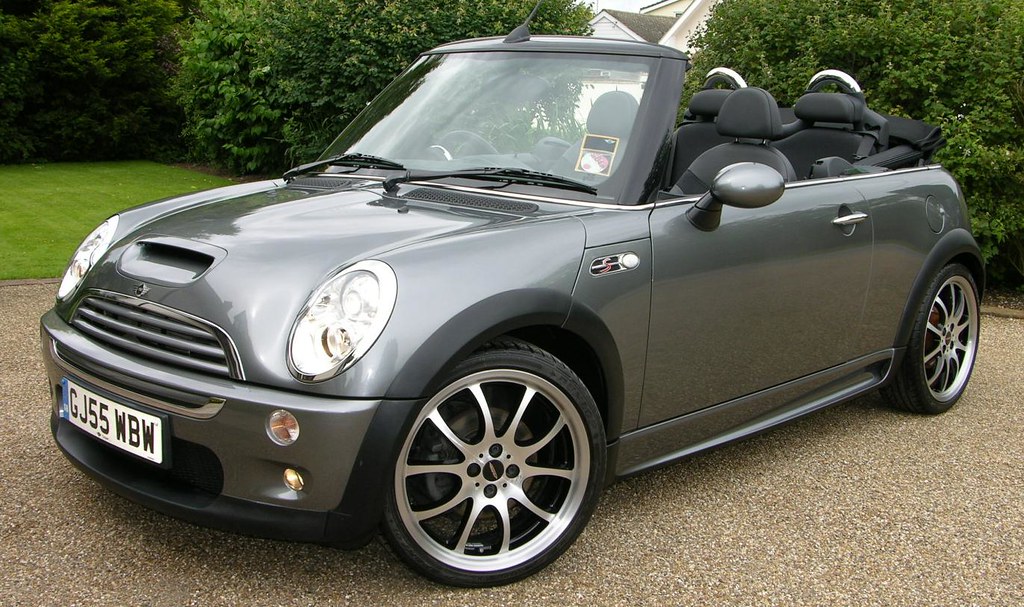
6. **The Labor Cost Conundrum: Mechanics’ Rates and Installation Complexity**The mechanic’s hourly rate is consistently one of the largest determining factors in the overall cost of replacing a headlight assembly, often overshadowing the cost of the part itself. This is particularly true because the process can be more involved than simply swapping a bulb. Therefore, understanding how labor costs are calculated and influenced is essential for budgeting this repair.
The time required for a replacement can vary significantly depending on the vehicle’s design. In certain scenarios, if you are installing a high-end replacement part, a skilled mechanic might complete the job in as little as an hour. However, accessing and removing the headlight assembly in many modern vehicles can be far more complex, potentially extending the total labor time to several hours. While the average installation time is about two hours, more complicated vehicles might require up to five hours, as discussed previously.
Across different regions and types of repair shops, the average hourly rate for headlight assembly work typically hovers around $80. This rate, however, can fluctuate considerably, ranging from as low as $15 to over $210 per hour, influenced by factors such as geographical location, local competition, and the specific expertise of the shop. This wide range means that labor fees alone can add a substantial amount to the repair bill. In many cases, the cost of labor often surpasses the cost of the headlight assembly itself, making it a critical component of the total expense.

7. **Ford Fusion: An Unexpected $2,000 Headlight Assembly Bill**The Ford Fusion, an American automotive mainstay often associated with practicality and affordability, presents a surprising and costly exception when it comes to headlight assembly replacement. Despite its mainstream market position, these vehicles can deliver a significant financial shock to owners in the event of a damaged headlight.
The stylish, eye-shaped headlights of the Ford Fusion, while contributing to its modern aesthetic, come at a premium if they need to be replaced. A single headlight assembly for a Ford Fusion can cost up to $2,000 to replace. This figure places a seemingly common sedan in the same league as some luxury vehicles when it comes to this specific repair, highlighting how design choices in popular models can also lead to unexpectedly high maintenance costs.
It is important to note that the Fusion’s standard headlights are halogen. If the issue is simply a burned-out bulb rather than a damaged assembly, the cost is considerably less. A halogen bulb replacement typically ranges from $79 to $94, not including labor. However, if an owner’s goal is to convert to more modern LED headlights, they should be prepared for a significantly higher investment, reinforcing the truth that advanced lighting often necessitates digging deeper into one’s wallet.
Continuing our deep dive into the unexpected financial challenges posed by modern vehicle maintenance, we now turn our attention to additional luxury brands where headlight assembly replacement can transform a minor incident into a major expense. While we’ve already seen how advanced technology and intricate design drive up costs, these examples underscore the widespread nature of this ‘nightmare’ across the premium automotive segment, moving beyond the Ford Fusion to the realm of true luxury. Understanding these specific cases is crucial for any car owner navigating the complexities of high-end vehicle upkeep.
Car Model Information: 2014 Ford Fusion Hybrid SE
Name: Ford Fusion
Manufacturer: Ford Motor Company
Class: Mid-size car
Production: August 2005 – July 2020
ModelYears: 2006–2020
Predecessor: Ford Contour
BodyStyle: sedan (automobile)
Layout: Front-engine, front-wheel-drive
Caption: Ford Fusion Titanium Energi
Aka: Ford Mondeo
Categories: 2010s cars, 2020s cars, All-wheel-drive vehicles, All articles with dead external links, Articles with dead external links from August 2019
Summary: The Ford Fusion is a mid-size car that was manufactured and marketed by the Ford Motor Company. From the 2006 through 2020 model years, two generations of the Fusion have been produced in gasoline, gas/electric hybrid, and gas/plug-in electric hybrid variants. The Fusion was manufactured at Ford’s Hermosillo Stamping and Assembly plant in Sonora, Mexico, alongside the Lincoln MKZ, and formerly the Mercury Milan, both of which share its CD3 platform.
Production on the first Fusions began on August 1, 2005. The Fusion replaced the Mondeo for the Latin American markets, except in Argentina (where the current European Mondeo is available); in the United States and Canada it superseded the then mid-size Taurus and the compact Contour. The Fusion is positioned between the compact Ford Focus and the full-size Ford Taurus. In the Middle East, this model is sold alongside the Mondeo. Versions sold there are available only with the 2.5-liter engine. Unlike in the United States, Canada, and Latin America, no V6 engine is available in that region. The same is true in South Korea, where only the 2.5-liter engines (including those for the hybrid model) are available as of the 2012 model year.
The second generation line-up includes a gasoline engine option, an EcoBoost engine option, a next-generation hybrid model, and a plug-in hybrid version, the Ford Fusion Energi, making the Ford Fusion the first production sedan to offer these four options. Sales of the gasoline-powered and hybrid versions began in the U.S. in October 2012 under the 2013 model. Sales in Europe and Asia as Ford Mondeo began in 2015, along with South Africa, where the Fusion name was used. Deliveries of the Fusion Energi began in the U.S. in February 2013. The entire 2013 Fusion line-up was awarded with the 2013 Green Car of the Year at the 2012 Los Angeles Auto Show. In 2019, the Fusion was the seventh-best selling car in the United States.
Get more information about: Ford Fusion (Americas)
Buying a high-performing used car >>>
Brand: Ford Model: Fusion
Price: $9,980 Mileage: 105,478 mi.

8. **BMW: The High-Intensity Xenon Headlight Premium**Owners of BMW vehicles often encounter elevated replacement costs, largely attributed to their sophisticated lighting systems. Many BMW models are equipped with high-intensity xenon (HID) headlights, a technology that has been a hallmark of luxury cars for over 15 years. While these lights provide superior illumination and a distinctive blue-white glow, their advanced nature directly translates to a premium price tag when replacement becomes necessary.
Indeed, the cost for a single BMW headlight assembly, even without a bulb, can reach approximately $2,000. Should the replacement also involve new bulbs, an additional $500 can be added for the pair, pushing the total expense even higher. This figure starkly illustrates the significant investment required to maintain the original performance and aesthetic of a luxury vehicle’s lighting system.
It is important to acknowledge that while Xenon HID headlights boast an impressive lifespan, often lasting almost the lifetime of the car, their initial and replacement costs reflect their premium status and complex manufacturing. Furthermore, these figures typically do not include the associated labor costs, which, as previously discussed, can substantially increase the final bill for what might seem like a straightforward repair. This makes budgeting for such an event a critical consideration for BMW owners.

9. **Mercedes-Benz: Luxury’s Illumination, Luxury’s Price Tag**For Mercedes-Benz owners, the cost of maintaining their vehicle’s sophisticated lighting system is a clear reflection of the brand’s luxury positioning. The price tag for replacing a headlight assembly can be particularly steep, ranging up to an astonishing $3,000, depending on the specific model and its integrated lighting technology. This expense underscores that premium driving experiences come with premium maintenance demands.
Mercedes-Benz vehicles utilize a variety of advanced lighting systems, including both High-Intensity Discharge (HID) and Light Emitting Diode (LED) headlights. Both of these technologies, while offering exceptional illumination, efficiency, and aesthetic appeal, are inherently expensive to replace. The complexity of these units, often incorporating adaptive features and intricate designs, contributes significantly to their high cost.
The investment in a Mercedes-Benz extends beyond the initial purchase, with essential components like headlight assemblies commanding substantial prices. Prospective and current owners should be aware that such repairs, while infrequent for durable HID and LED systems, represent a significant financial commitment to uphold the vehicle’s safety, performance, and luxurious appeal. This makes it a crucial factor in the overall cost of ownership.
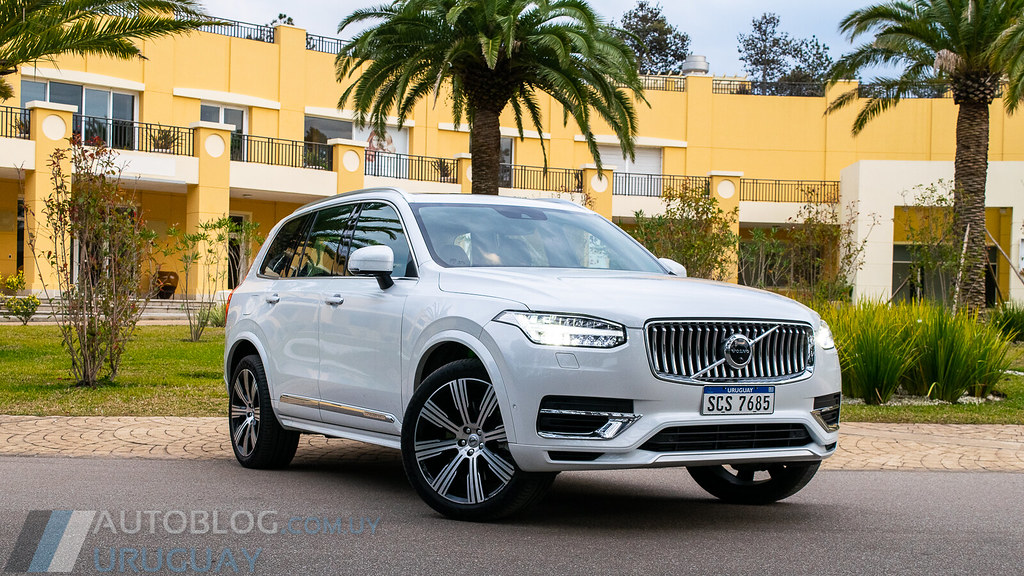
10. **Volvo: Robust Design, Significant Headlight Costs**Volvo, a brand renowned for its robust safety features and Scandinavian design, also presents a substantial financial outlay when it comes to headlight assembly replacement. Despite its strong reputation for durability, a damaged headlight can quickly lead to a repair bill exceeding $2,000 for a single assembly. This cost can be a surprising revelation for owners accustomed to the brand’s practical appeal.
The implications of an accident, even a minor fender bender, can be particularly costly for Volvo owners. If both headlight assemblies are damaged, the replacement cost could effectively double this figure, potentially reaching upwards of $4,000 or more. This highlights how integral and expensive these components are to the vehicle’s structure and safety systems.
Understanding these potential expenses is vital for Volvo owners, especially when considering insurance coverage or evaluating the long-term cost of ownership. The sophisticated engineering and integration of Volvo’s lighting systems, while enhancing safety and visibility, inevitably lead to higher replacement costs compared to more conventional alternatives, demanding careful financial planning.
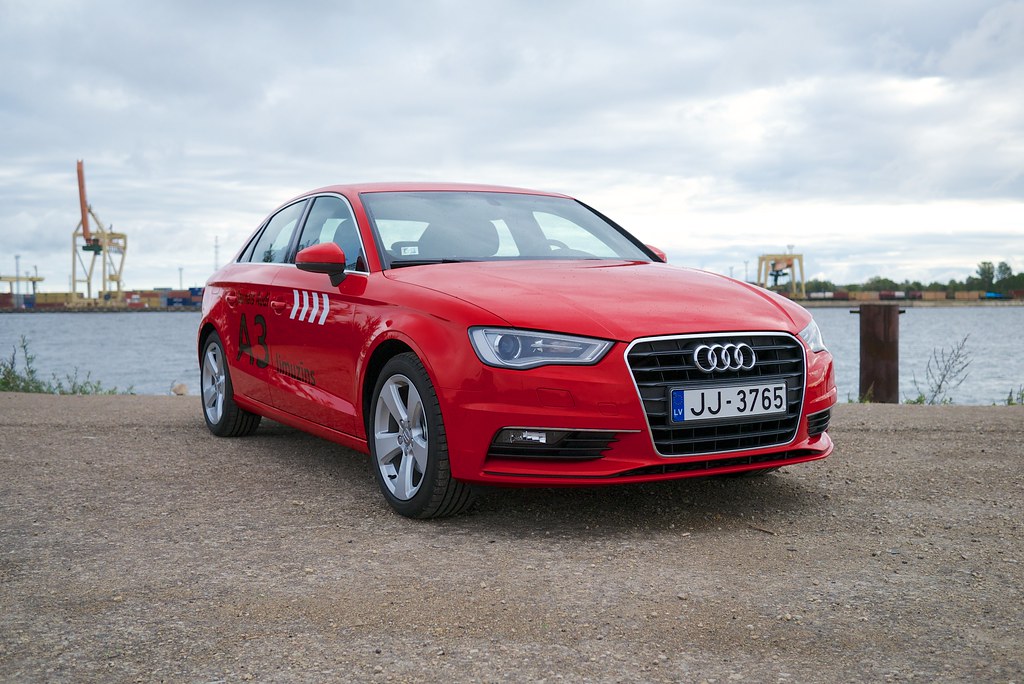
11. **Audi: Trademark LED Aesthetics and Their Expense**Audi vehicles are instantly recognizable by their distinctive headlight designs, often featuring advanced LED technology for both high and low beams. While these signature “eyes” contribute significantly to Audi’s modern aesthetic and provide superior illumination, this unique design and cutting-edge technology are reflected in their considerable replacement costs. The brand’s commitment to sophisticated lighting design comes at a premium when repairs are needed.
For an Audi headlamp unit, even without the bulbs included, the cost can easily exceed nine hundred dollars. This figure represents the price of the assembly itself, before any labor charges are factored in. When considering the bulbs, a single unit can cost up to $240, excluding labor, with the price doubling should both be required. This tiered pricing structure emphasizes the significant investment in both the assembly and its internal components.
The integration of LED technology, which offers enhanced efficiency, brightness, and longevity, contributes to these high prices. Owners should factor in these potential expenses when assessing the total cost of owning an Audi. Maintaining the distinctive and high-performance lighting that defines the brand requires a notable financial commitment, especially given the specialized nature of these components and their installation.
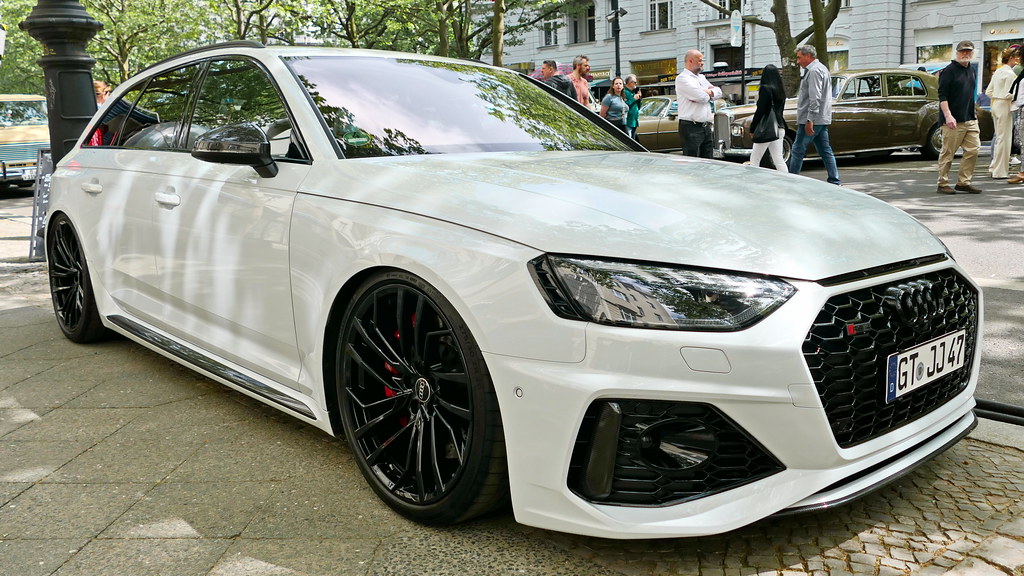
12. **The Hidden Costs of Pre-Owned Luxury: Headlights and Resale Value**In today’s market, an increasing number of consumers are choosing pre-owned luxury vehicles, such as Mercedes-Benz, Audi, or BMW. This trend is driven by the appeal of lower initial purchase prices and often reduced insurance premiums, while still enjoying the status and perceived longevity of these well-engineered cars. However, this seemingly economical choice can conceal significant financial risks, particularly concerning headlight replacement costs.
The sophisticated and expensive headlight assemblies found in these luxury models introduce a unique vulnerability. A single fender bender, even a relatively minor one, can easily damage one or both headlight assemblies, leading to thousands of dollars in repair expenses. This can quickly erode the initial cost savings of buying pre-owned, transforming an advantageous purchase into a substantial financial liability.
Crucially, the escalating cost of these advanced headlight components can have a profound impact on the total value of a pre-owned vehicle. In severe cases, particularly for older used models, the cost of replacing damaged headlight assemblies can be so high that an insurance company may deem the vehicle a total loss. What were once desirable, fancy headlights that contributed to the car’s aesthetic appeal can unexpectedly become a financial undoing, highlighting a critical consideration for pre-owned luxury car buyers.
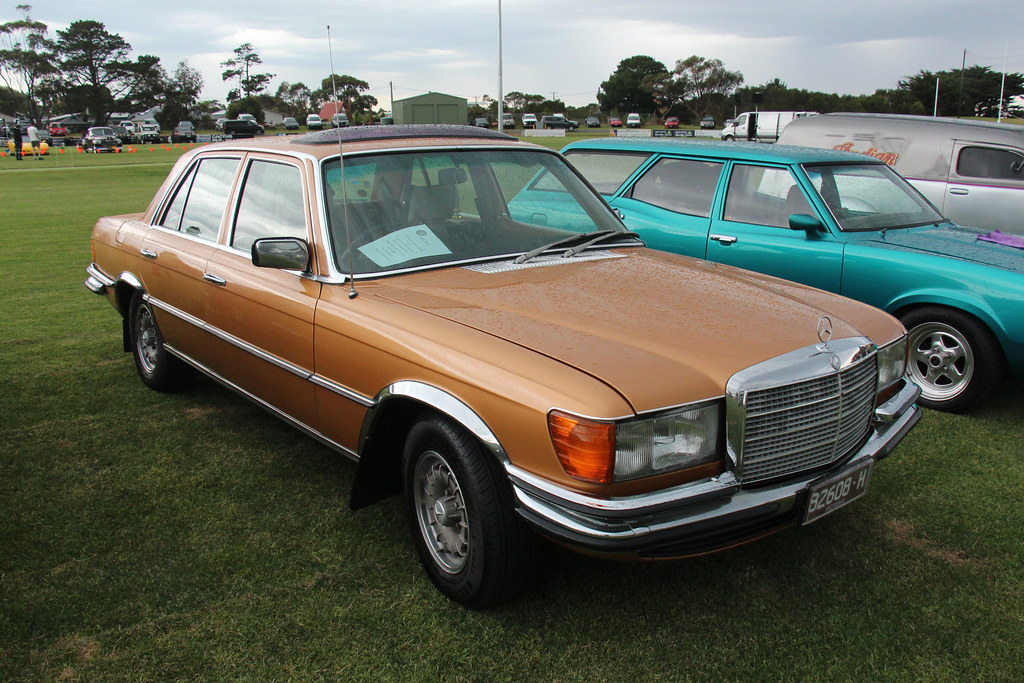
13. **Beyond Damage: Key Signs It’s Time to Replace Your Headlight Assembly**While visible physical damage like cracks or shattered lenses is an obvious indicator for headlight assembly replacement, several less apparent signs also signal that it’s time for an upgrade or repair. Recognizing these more subtle cues is essential for maintaining optimal visibility and ensuring vehicle safety, preventing potential hazards on the road before they escalate.
One common symptom is when your headlights are not working consistently, or stop working intermittently. In many of these situations, the wiring and the fixture within the assembly are likely culprits. Often, these internal components cannot be replaced independently, necessitating the replacement of the entire headlight assembly, especially if the wiring has corroded due to underlying issues with the housing.
Furthermore, issues with switching between light modes, or if your lights do not stay engaged, can indicate a problem with the assembly itself. Similarly, if you observe inconsistent light intensity—such as lights staying unusually dim or bright, or flickering and fading as you drive—the assembly may be at fault. While these problems might also stem from the switch or relay, replacing the assembly often resolves such persistent illumination discrepancies, ensuring consistent and reliable lighting performance.

14. **Smart Strategies for Reducing Headlight Replacement Costs**Facing the prospect of an expensive headlight assembly replacement can be daunting, but consumers have several strategic avenues to explore to mitigate these costs without compromising safety or quality. Proactive planning and informed decision-making are key to navigating these high expenses effectively, transforming a potential ‘nightmare’ into a manageable repair.
One of the most effective strategies is to compare quotes from multiple repair shops. Labor rates for headlight assembly work can vary significantly by geographical location, local competition, and the specific expertise of the shop, ranging from $15 to over $210 per hour. Obtaining several estimates ensures you are not overpaying for professional installation, which often forms a substantial portion of the total bill.
Considering high-quality aftermarket headlight assemblies can also lead to significant savings. While OEM parts guarantee a perfect fit and consistent quality, reputable aftermarket options can often be 20% to 50% less expensive. When choosing aftermarket, prioritize brands with warranty coverage and certifications like DOT or SAE to ensure they meet safety and quality standards, balancing affordability with reliable performance.
Additionally, checking your insurance or warranty coverage is a crucial step. If headlight damage resulted from an accident, your vehicle insurance might cover the replacement costs. Similarly, extended warranties or service contracts sometimes include provisions for lighting system repairs, so reviewing your policy documents can uncover unexpected financial relief. Knowing your coverage can save you a substantial amount.
Finally, assess whether a full assembly replacement is truly necessary. If only the headlight bulb is burned out, or if the lens is merely cloudy or scratched, less costly alternatives such as replacing just the bulb (ranging from $10-$200 for a pair, depending on type) or performing a headlight lens restoration might suffice. For those with mechanical aptitude, a DIY replacement of a simple halogen assembly can also eliminate labor fees entirely, providing a cost-effective solution for straightforward cases.
Read more about: High-Mileage Havoc: The Crippling Electrical & Mechanical Nightmares Haunting Your Sports Car – A Deep Dive into the Ford S197 Mustang
The modern automotive landscape has undoubtedly elevated vehicle aesthetics and safety through sophisticated headlight technology, but this advancement comes with a tangible cost for owners. From the premium price tags associated with luxury brands like BMW, Mercedes-Benz, Volvo, and Audi, to the nuanced implications for the pre-owned market, the financial burden of headlight assembly replacement is a significant consideration. However, by understanding the warning signs that indicate a needed replacement and proactively employing smart cost-reduction strategies—such as comparing quotes, wisely choosing between OEM and quality aftermarket parts, leveraging insurance or warranties, and opting for DIY when appropriate—car owners can better navigate this ‘nightmare’ scenario. Empowering yourself with this knowledge ensures both your vehicle’s optimal performance and your financial peace of mind on the road ahead.


